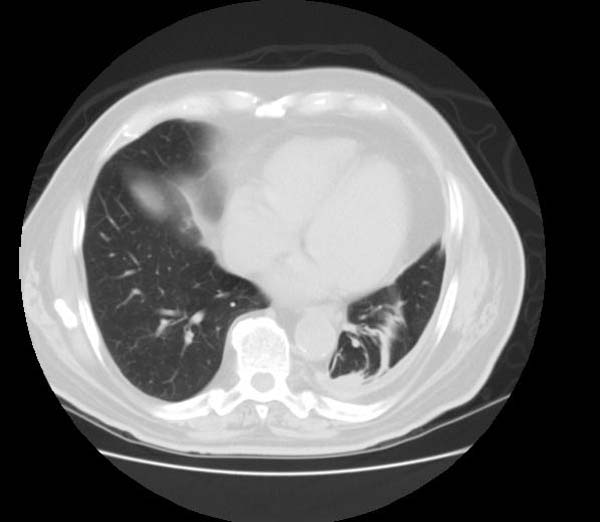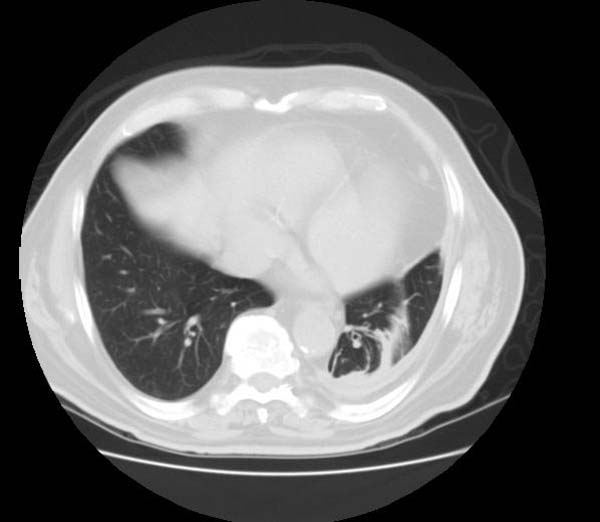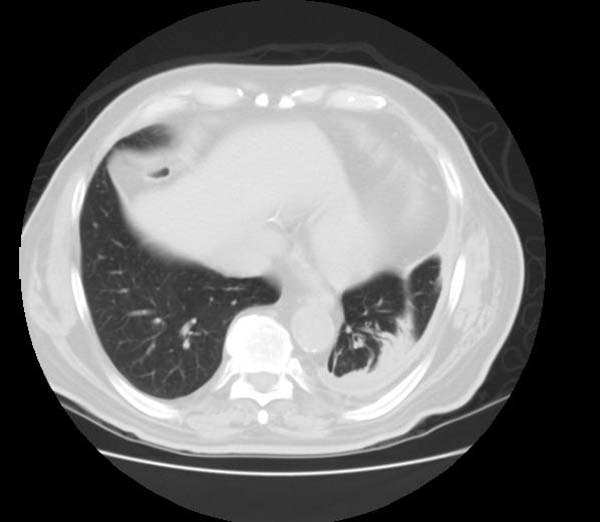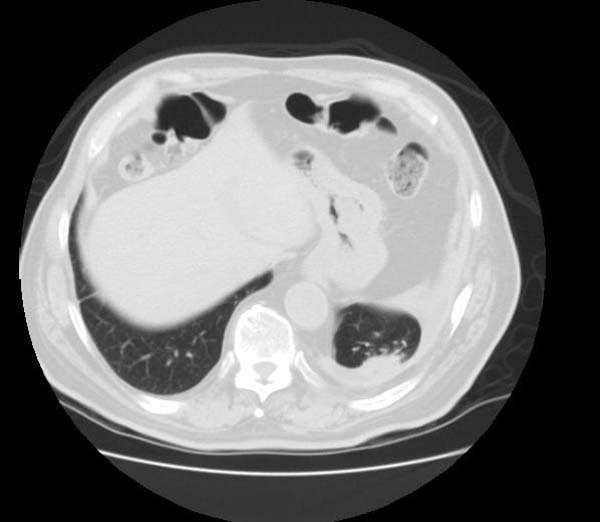Round atelectasis
|
WikiDoc Resources for Round atelectasis |
|
Articles |
|---|
|
Most recent articles on Round atelectasis Most cited articles on Round atelectasis |
|
Media |
|
Powerpoint slides on Round atelectasis |
|
Evidence Based Medicine |
|
Cochrane Collaboration on Round atelectasis |
|
Clinical Trials |
|
Ongoing Trials on Round atelectasis at Clinical Trials.gov Trial results on Round atelectasis Clinical Trials on Round atelectasis at Google
|
|
Guidelines / Policies / Govt |
|
US National Guidelines Clearinghouse on Round atelectasis NICE Guidance on Round atelectasis
|
|
Books |
|
News |
|
Commentary |
|
Definitions |
|
Patient Resources / Community |
|
Patient resources on Round atelectasis Discussion groups on Round atelectasis Patient Handouts on Round atelectasis Directions to Hospitals Treating Round atelectasis Risk calculators and risk factors for Round atelectasis
|
|
Healthcare Provider Resources |
|
Causes & Risk Factors for Round atelectasis |
|
Continuing Medical Education (CME) |
|
International |
|
|
|
Business |
|
Experimental / Informatics |
Editor-In-Chief: C. Michael Gibson, M.S., M.D. [1]
Overview
The pathogenesis of round atelectasis is not certain, but it is thought to be due to an inflammatory reaction and fibrosis in the superficial layer of the pleura. As the fibrous tissue matures, it contracts, causing pleura to fold into the lung, which in turn causes atelectasis. Round atelectasis is almost always asymptomatic and is detected on chest radiographs obtained for other reasons. A history of asbestos exposure is frequently (in 70% of cases) present. Asbestos-related round atelectasis is also known as asbestos pseudotumor or Blesovsky syndrome. Conditions such as congestive heart failure], pulmonary infarction], Dressler syndrome, parapneumonic effusion, tuberculous effusion, and nonspecific pleurisy can precede round atelectsis formation. Lung cancer] is the main differential diagnosis. After diagnosis, a follow-up CT should be obtained to exclude lung cancer.
Chest X-ray
- The typical chest radiographic appearance is of a rounded peripheral "mass" with or without lung distortion.
- Pleural thickening is usually seen.
CT
- The CT features are:
- A round or oval mass that abuts the pleura
- Has sharp lung borders
- Has a fuzzy border which projects to the hila (Origin of Comet tail sign)
- a "comet tail" of bronchovascular structures going into the mass (Comet tail sign).
- Thickening of the adjacent pleura.
- Volume loss is often, but not invariably, apparent.



